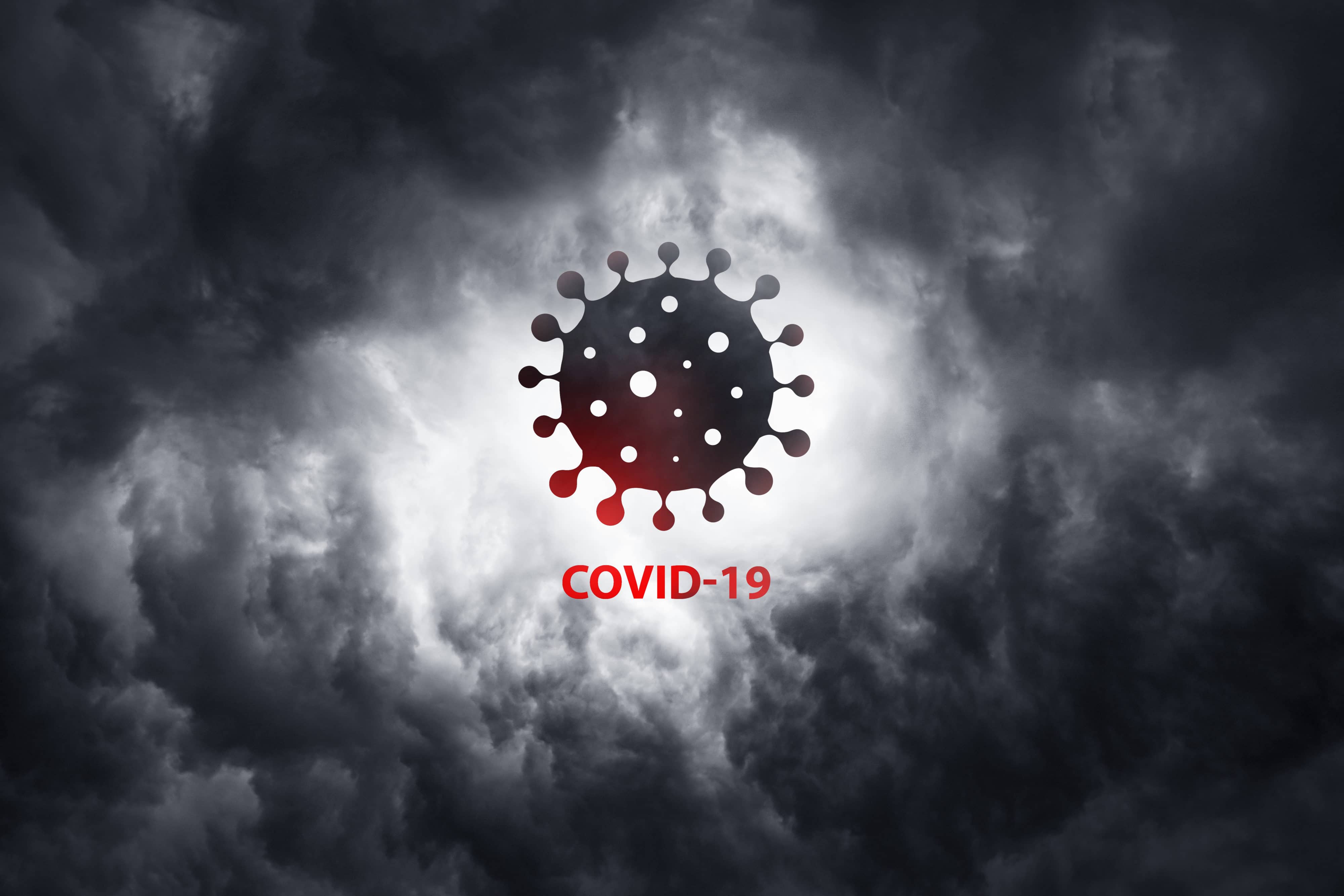
The Tampa Bay region is experiencing an uptick in new coronavirus cases as most of the state, including the entire region enters the state’s Phase Two of reopening.
“This is a concerning trend that should be carefully monitored by our regional leaders as we move forward,” said Rick Homans, president and CEO of the Tampa Bay Partnership, which is analyzing data through a regional dashboard.
The region saw its highest single-day increase in new COVID-19 cases Friday with 233 new positive tests reported in the eight county area.
The 14-day rolling average, one of the most accurate ways to track virus trends, is now 130 cases per day, more than the previous high of 125 new cases reported in mid-April and a 74% increase over the May 1 low of 75 new cases per day.
Further, the number of tests administered overall dropped from 45,216 on May 23 to 39,103 on May 30, yet the percentage of positive tests increased from 1.58% to 2.05%.
The Tampa Bay Partnership, and its partners, the Community Foundation of Tampa Bay, United Way Suncoast and the USF Muma College of Business, are tracking regional trends rather than county-by-county data to better understand how the virus is affecting a region linked by jobs, commerce and activity.
“We need to understand why this is happening, and what can be done to adjust course. If we continue to look at this data on the county-level alone, we could miss some significant warning signs. With our residents crossing county lines every day, we’ve got to maintain a bigger picture of what the virus is doing and where it might be moving next,” Homans said.
Upticks are showing up in individual counties, too.
Hillsborough County saw 113 new cases on Wednesday, up from a low of 17 on May 18. Thursday’s numbers were better with just 57 new cases reported. Tuesday. Saw 71 new cases.
The overall two-week caseload shows ups and downs day-to-day, but an overall slight increase in the curve, which had flattened before reopening.
Pinellas trends are similar with 59 new cases reported Thursday, and 40 on Wednesday, both up from a low of seven on May 26.
Officials will be closely monitoring numbers in the coming days for additional spikes as large protests have been ongoing in the wake of the George Floyd murder in Minneapolis.
Protesters have been congregating by the hundreds in close proximity for daily protests day and night. Many have been wearing masks, though some have not. The protests are also not lending themselves to social distancing guidelines recommended by the Centers for Disease Control and Prevention, making community spread a distinct possibility.
Cases related to those gatherings aren’t likely to be reflected in current data. The virus has a two-week incubation period and its likely protesters who might have been compromised have not yet experienced symptoms.
More troubling, the protests have been largely attended by younger people, more likely to be asymptomatic if they do contract the virus.



